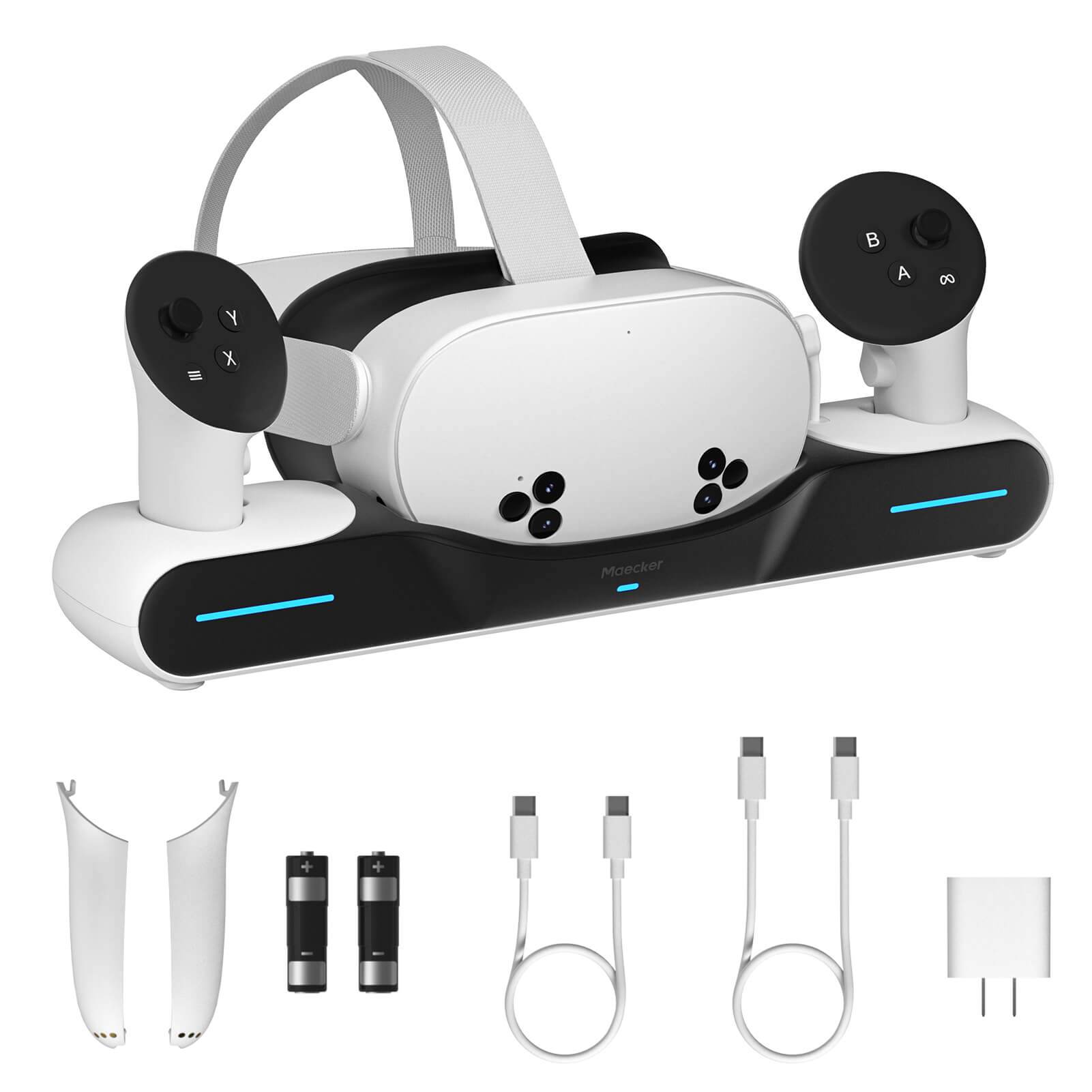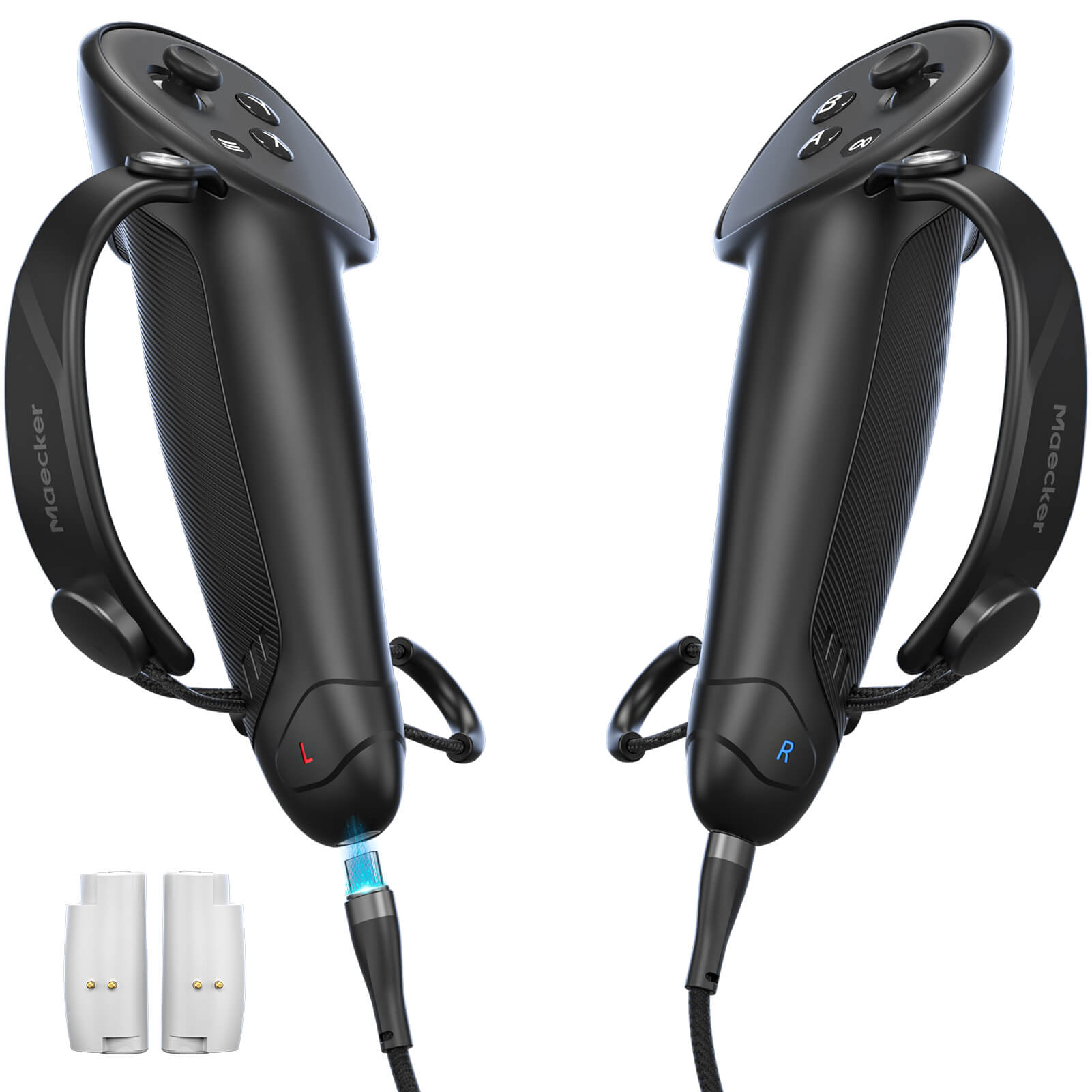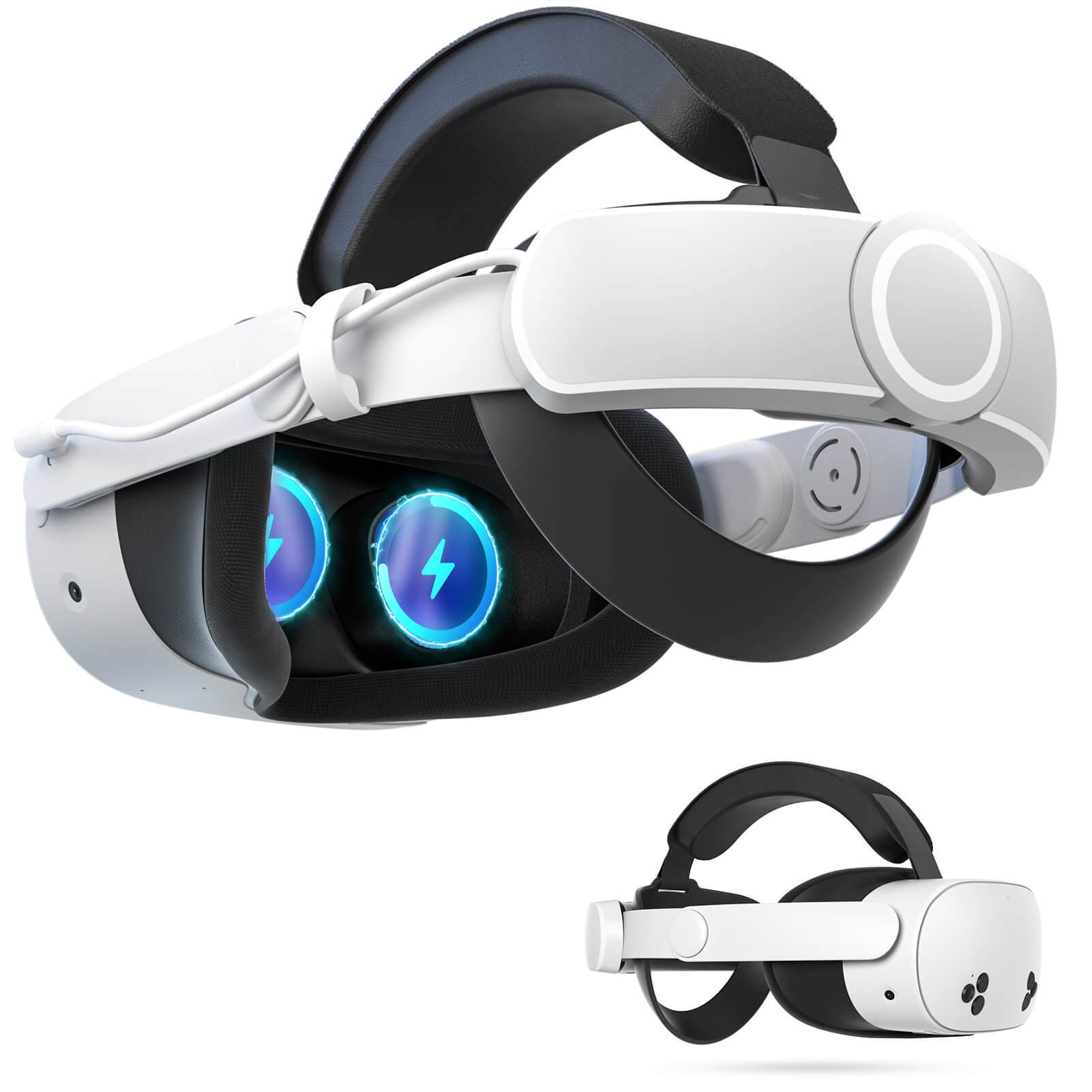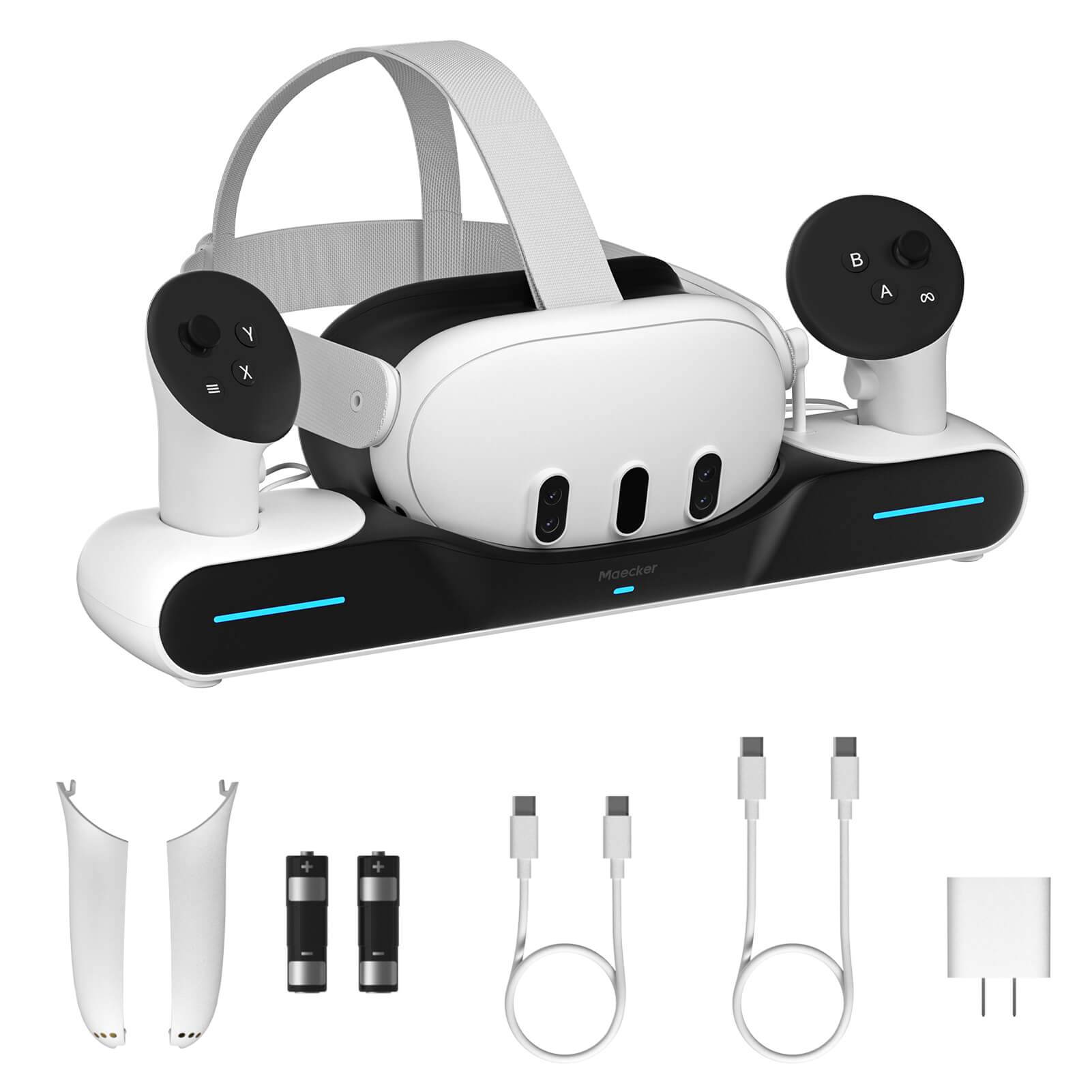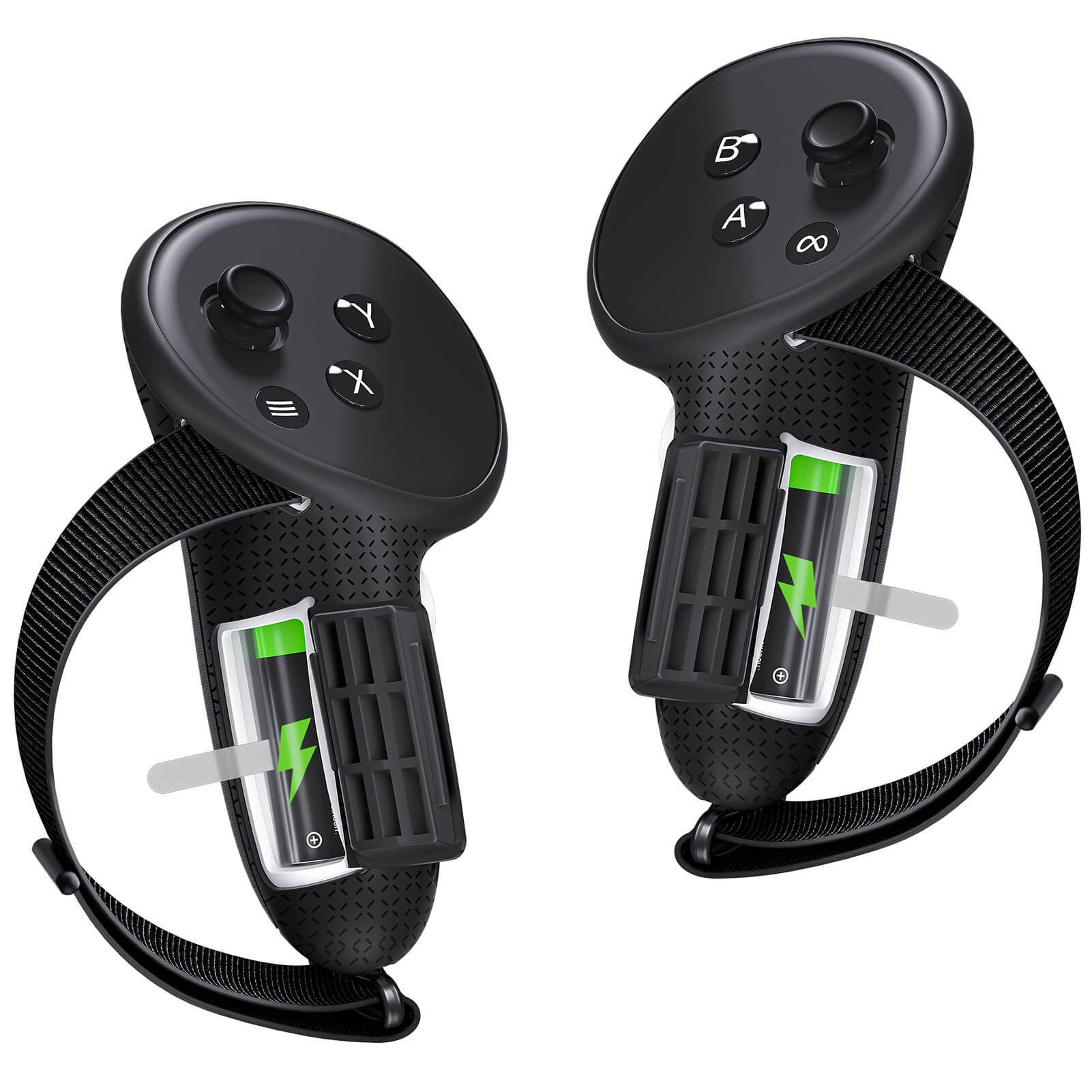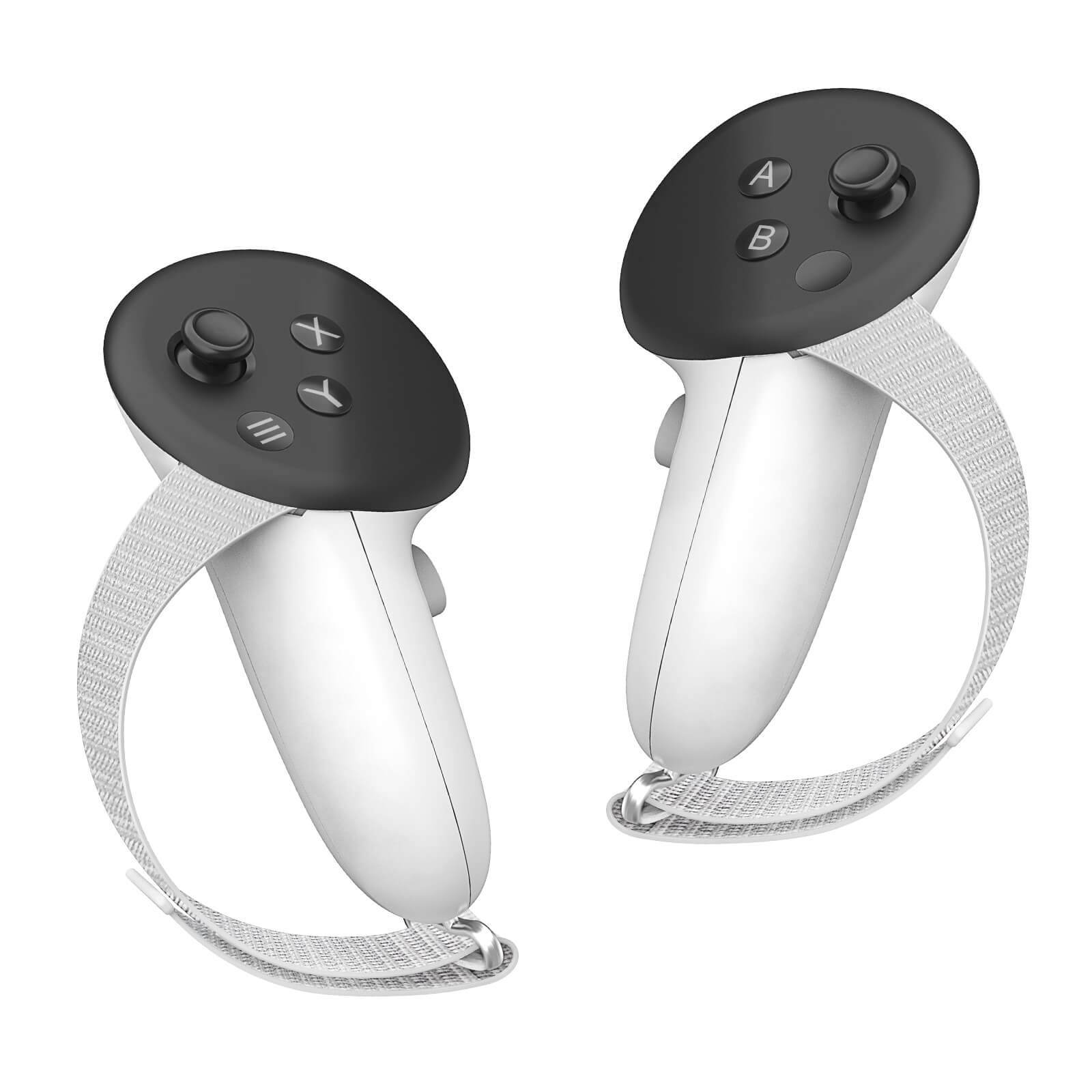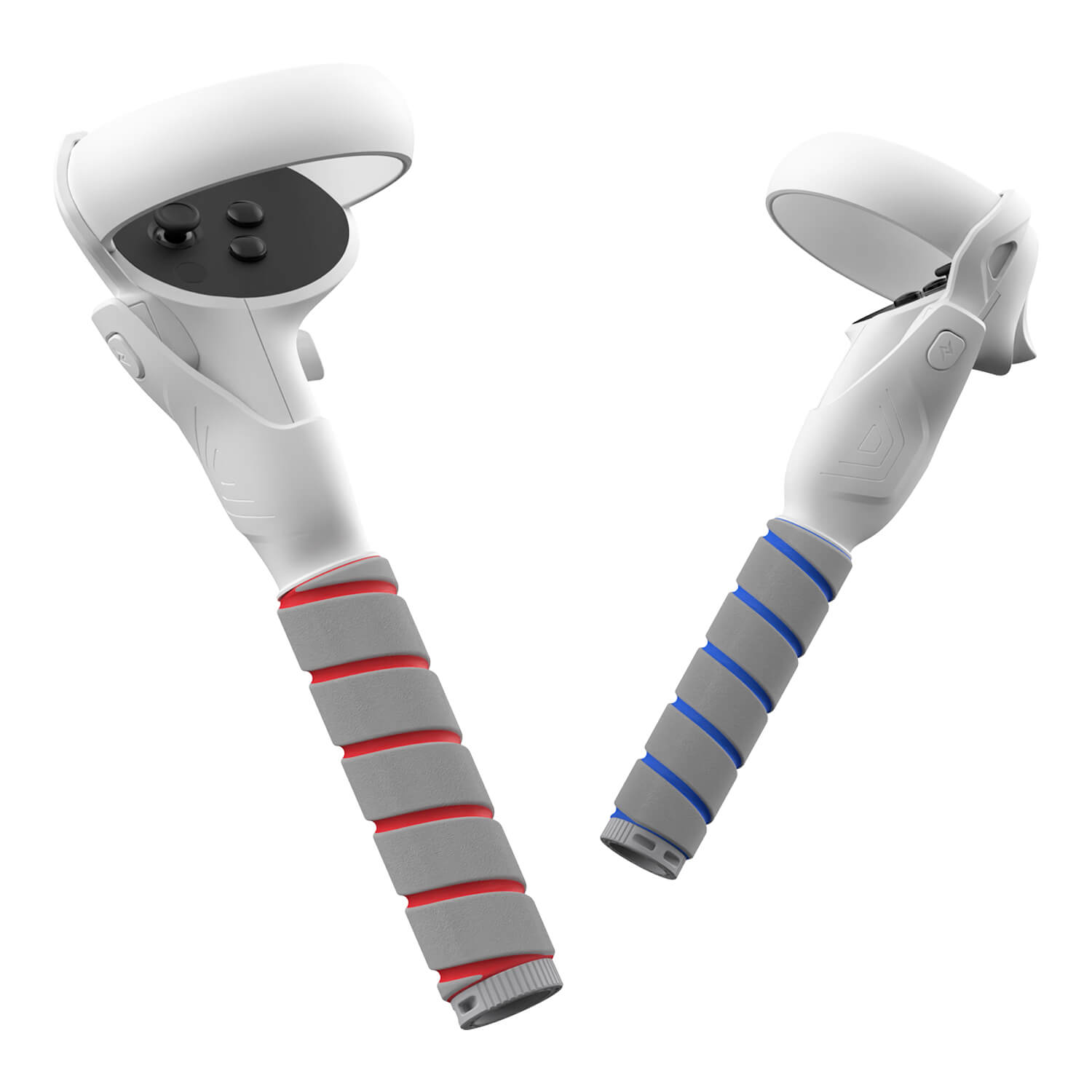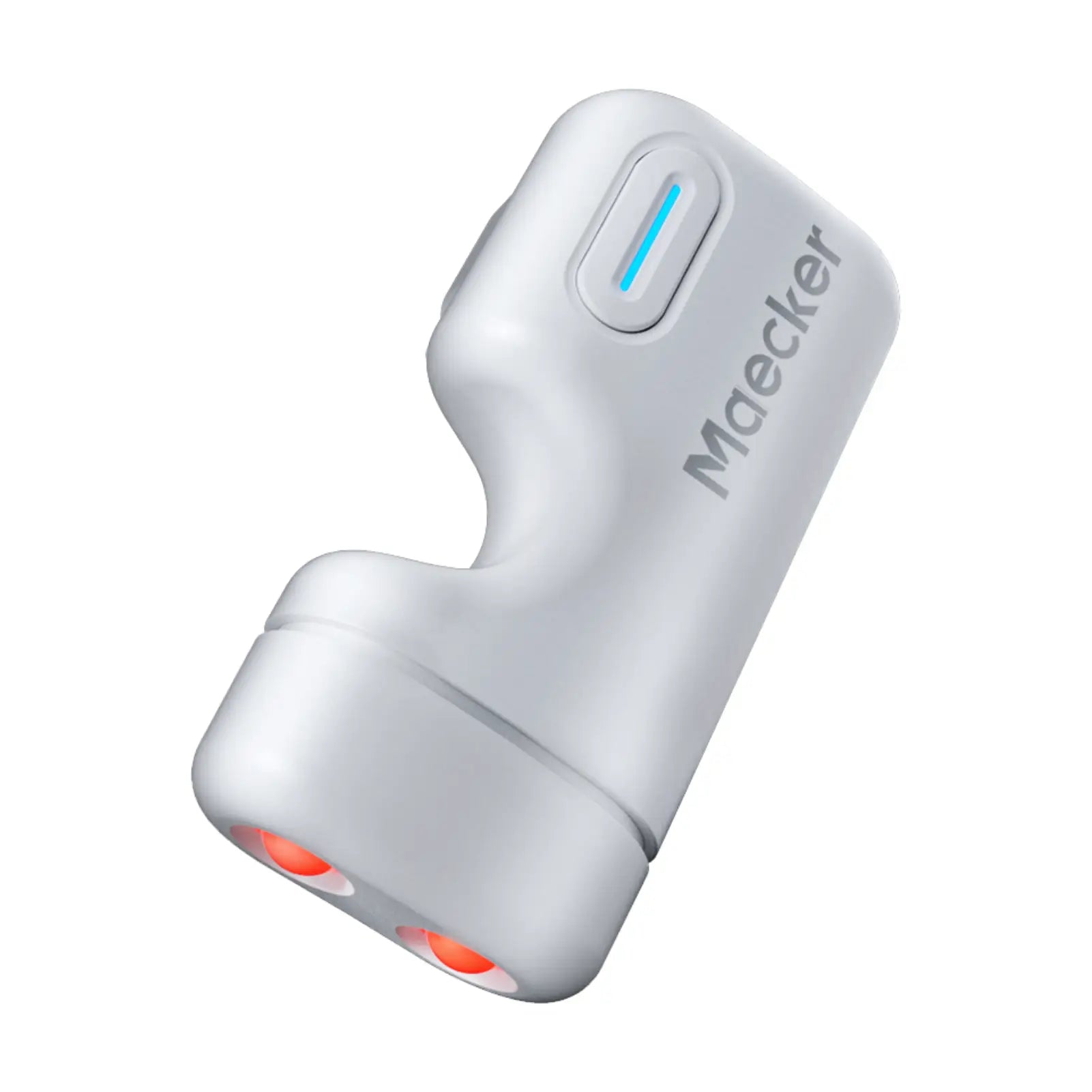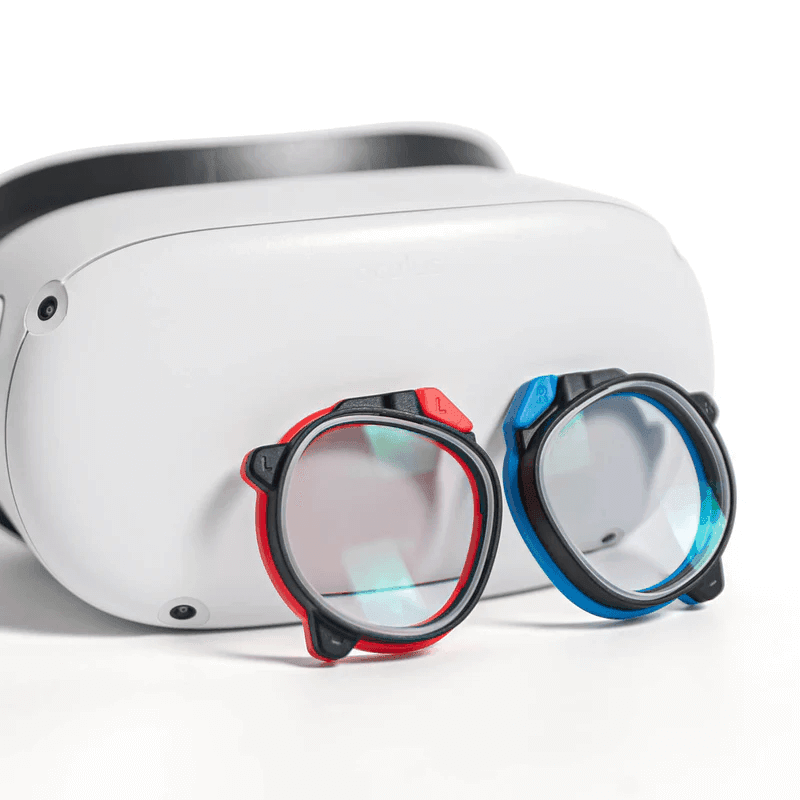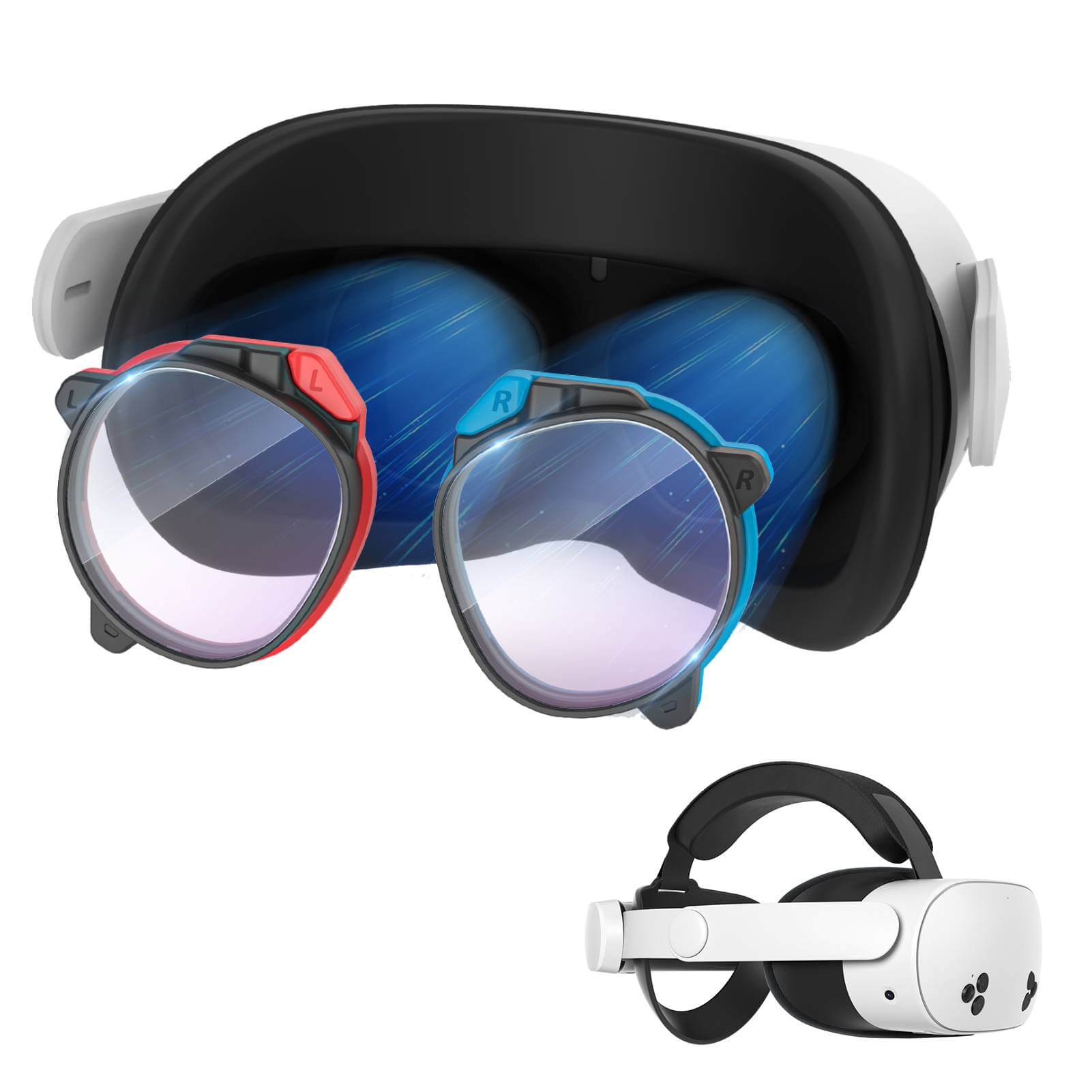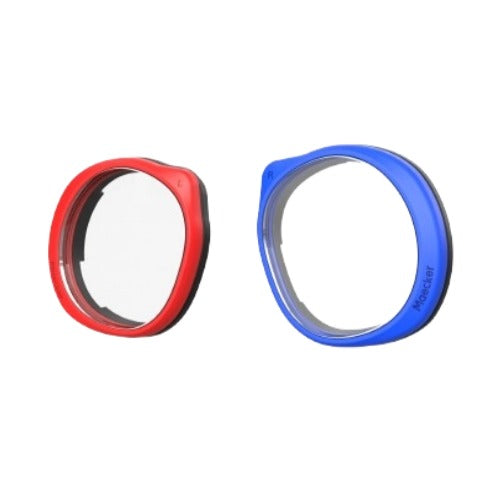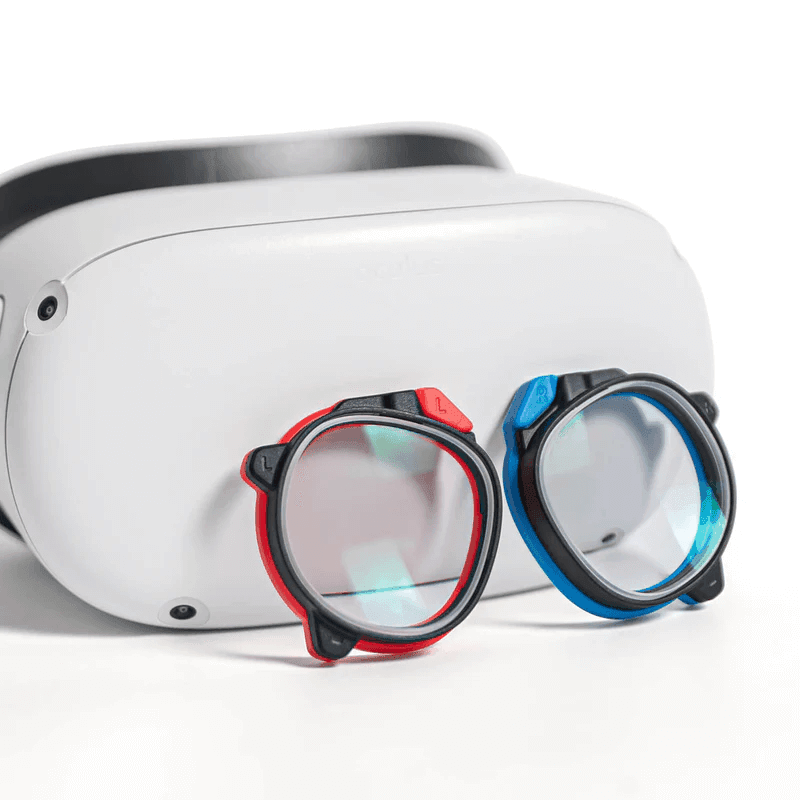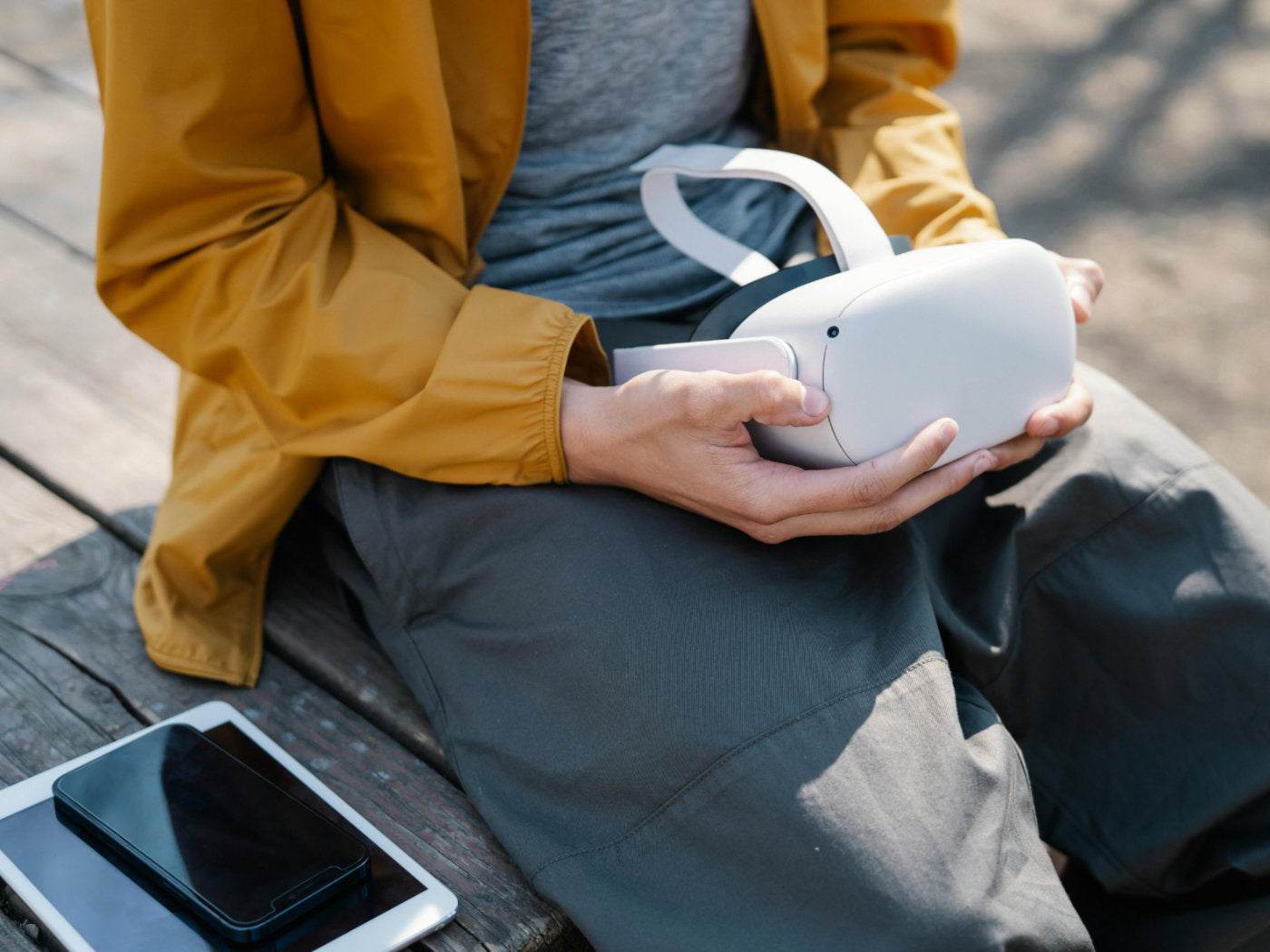Meta est depuis longtemps un acteur majeur dans le domaine de la réalité virtuelle et ces deux casques sont d'excellentes options pour différents types d'utilisateurs. Alors que le Quest 2 est un choix populaire pour une expérience VR économique depuis sa sortie, le nouveau Quest 3S apporte des fonctionnalités mises à jour, des performances améliorées et un prix légèrement plus élevé. Décomposons leurs spécifications et leurs différences pour voir quel casque est le meilleur choix pour vous.
Prix et disponibilité
Le Meta Quest 3S a été lancé en octobre 2024 en remplacement du Quest 2 sur le marché de la VR à petit budget. Au prix de 299 $ pour le modèle 128 Go et de 399 $ pour la version 256 Go, il se situe légèrement au-dessus du dernier prix disponible pour le Quest 2, qui démarrait à 199 $ . La différence de prix pourrait soulever la question pour les acheteurs potentiels : vaut-il la peine de payer les 100 $ supplémentaires pour le nouveau modèle ? La réponse dépend en grande partie de ce que vous recherchez en termes de performances et de fonctionnalités.
Le Quest 2 est plus difficile à trouver car Meta l'a abandonné pour laisser la place au Quest 3S. Cependant, si vous le trouvez à son dernier prix affiché, il reste une excellente option économique. Cela dit, les améliorations apportées au Quest 3S en termes de RAM, de processeur et d'autres domaines pourraient en faire un meilleur investissement à long terme.
Design et confort
Les deux casques ont des designs similaires, mais le Quest 3S introduit quelques ajustements bien pensés. Il est légèrement plus grand et plus lourd que le Quest 2, pesant environ 514 grammes contre 503 grammes pour le Quest 2. Cette différence de poids est mineure, mais les ajustements de conception du Quest 3S le rendent plus confortable pour une utilisation prolongée. L' interface faciale en tissu tissé remplace la mousse du Quest 2, offrant un ajustement plus doux et plus respirant.
Pour ceux qui portent des lunettes, l' espaceur à quatre niveaux du Quest 3S ajoute plus d'espace entre vos yeux et les verres, ce qui en fait une meilleure option pour les porteurs de lunettes par rapport à l'insert d'espacement du Quest 2, qui n'offre pas autant d'espace. Le Quest 3S a également une forme plus incurvée pour réduire les oscillations pendant l'utilisation, ce qui est une touche agréable pour ceux qui aiment les expériences VR actives.
Une autre amélioration notable du Quest 3S est le système audio. Alors que le Quest 2 est doté d'un seul haut-parleur par tempe, le Quest 3S propose deux haut-parleurs avec 40 % de volume en plus et une qualité sonore améliorée. Le son est plus riche, avec des basses plus profondes et des tons plus nets, ce qui rend votre expérience de réalité virtuelle plus immersive.
Affichage et optique
En ce qui concerne la qualité d'affichage, les deux casques sont dotés d'écrans LCD 1832 x 1920 avec des taux de rafraîchissement de 120 Hz . Cela offre une expérience visuelle fluide et nette pour les jeux et applications VR. Cependant, le Quest 3S offre un champ de vision horizontal (FOV) légèrement plus large de 96° par rapport aux 90° du Quest 2. Ce champ de vision plus large offre une vision un peu plus périphérique, améliorant la sensation d'immersion dans les environnements virtuels.
Les deux casques utilisent des lentilles Fresnel , qui sont standard dans les casques VR pour leur capacité à focaliser efficacement la lumière. Bien que la qualité des lentilles n'ait pas beaucoup changé, le mode de transmission RVB du Quest 3S fait la différence. Alors que le Quest 2 n'offre qu'une transmission en niveaux de gris , le Quest 3S apporte une transmission en couleurs , ce qui rend les expériences de réalité augmentée beaucoup plus dynamiques et réalistes.
Performances et autonomie de la batterie
C'est là qu'interviennent les véritables améliorations. Le Meta Quest 3S est équipé du nouveau processeur Qualcomm Snapdragon XR2 Gen 2 et du GPU Adreno 740 , qui représentent une augmentation significative de la puissance de traitement par rapport au XR2 Gen 1 et à l' Adreno 650 du Quest 2. Parallèlement à cette mise à niveau, le Quest 3S dispose de 8 Go de RAM , soit 2 Go de plus que le Quest 2, ce qui signifie un meilleur multitâche et de meilleures performances dans les applications et jeux VR plus exigeants.
Cette augmentation de puissance rend le Quest 3S plus adapté à la gestion d'applications AR/VR plus avancées, que vous exploriez des environnements immersifs, jouiez à des jeux à haute intensité ou exécutiez plusieurs applications simultanément. Si vous souhaitez pérenniser votre achat, le Quest 3S est le gagnant évident.
L'autonomie de la batterie s'est également améliorée. Le Quest 3S est équipé d'une batterie de 4324 mAh , qui peut durer jusqu'à 2,5 heures en utilisation normale, tandis que la batterie de 3640 mAh du Quest 2 dure environ 2 heures . Bien que la différence ne soit pas énorme, la capacité de batterie supplémentaire du Quest 3S peut faire la différence lors de sessions de réalité virtuelle plus longues. Les deux casques prennent environ 2,5 heures pour se charger complètement.
Capacités de transmission et de suivi
Le Quest 3S brille par ses capacités de transmission. Comme mentionné précédemment, il offre une transmission RVB , ce qui vous permet de voir le monde réel en couleur à travers le casque. Cela le rend idéal pour les expériences de réalité mixte, où vous pouvez intégrer des objets virtuels dans votre environnement réel. Le Quest 2 , en revanche, n'offre qu'une transmission en niveaux de gris , ce qui limite l'expérience MR.
Les deux casques disposent d'un suivi 6DoF , qui suit à la fois les mouvements du casque et du contrôleur dans l'espace. Cependant, le Quest 3S utilise la vision par ordinateur et l'apprentissage automatique pour un suivi plus précis, améliorant ainsi la réactivité et la précision de vos mouvements.
Contrôleurs et haptique
Les deux casques sont équipés de contrôleurs Quest Touch , mais le Quest 3S comprend une version améliorée appelée Quest Touch Plus . Ces contrôleurs sont dotés d'une haptique variable TruTouch améliorée, offrant un retour plus nuancé, rendant les interactions et le gameplay plus immersifs. Le design est également plus ergonomique et la suppression de la bague de suivi située sur le dessus du contrôleur les rend plus faciles à manipuler.
En comparaison, les contrôleurs Quest 2 ont un retour haptique plus basique mais restent confortables pour une utilisation prolongée. Les deux casques sont également compatibles avec les contrôleurs Touch Pro haut de gamme de Meta, si vous souhaitez effectuer une mise à niveau à l'avenir.
Tableau comparatif : Meta Quest 3S vs. Meta Quest 2
|
Spécification |
Méta Quête 3S |
Méta Quête 2 |
|
Prix |
À partir de 299 $ |
À partir de 199 $ |
|
Processeur |
Qualcomm Snapdragon XR2 Gen 2 |
Qualcomm Snapdragon XR2 Gen 1 |
|
GPU |
Adréno 740 |
Adréno 650 |
|
BÉLIER |
8 Go |
6 Go |
|
Stockage |
128 Go / 256 Go |
128 Go / 256 Go |
|
Optique |
Fresnel |
Fresnel |
|
Type d'affichage |
Écran LCD simple |
Écran LCD simple |
|
Résolution |
1832 x 1920 |
1832 x 1920 |
|
Taux de rafraîchissement |
120 Hz |
120 Hz |
|
Champ de vision |
Champ de vision horizontal de 96° |
Champ de vision horizontal à 90° |
|
Pixels par degré (PPD) |
20 PPD |
20 PPD |
|
Passage |
RVB couleur, 4 MP |
Échelle de gris |
|
Audio |
Deux haut-parleurs avec un volume 40 % plus fort |
Un seul orateur par temple |
|
Suivi |
6DoF avec passthrough RVB et capteurs IR |
6DoF avec suivi basé sur l'IR |
|
Contrôleurs |
Quest Touch Plus avec haptique TruTouch |
Contrôleurs tactiles Quest standard |
|
Batterie |
4324 mAh, 16,74 Wh (jusqu'à 2,5 heures) |
3640 mAh, 14 Wh (jusqu'à 2 heures) |
|
Poids |
514 g / 18,1 oz |
503 g / 17,7 oz |
Verdict final : faut-il mettre à niveau ou acheter un nouveau produit ?
Si vous souhaitez vous lancer dans la réalité virtuelle ou mettre à niveau votre casque actuel, le Meta Quest 3S est une option intéressante. Il offre des améliorations en termes de performances, de suivi, de transmission et de confort, ce qui en fait un choix solide pour quiconque s'intéresse sérieusement à la réalité virtuelle. À 299 $, il est plus cher que le prix final du Quest 2, mais les améliorations apportées à la RAM, au processeur et à la conception générale valent le coût supplémentaire.
Pour les propriétaires actuels du Quest 2, la décision de passer à un modèle supérieur dépend de la fréquence à laquelle vous utilisez votre casque VR et des fonctionnalités que vous privilégiez. Si vous aimez les jeux hautes performances ou les expériences AR, le Quest 3S offrira une expérience plus fluide et plus immersive. Cependant, si vous utilisez principalement votre casque pour des activités VR plus occasionnelles et que vous souhaitez économiser de l'argent, le Quest 2 fera toujours l'affaire pour le moment.
Le Quest 3S est le meilleur casque sur presque tous les plans, des performances au confort. Alors que le Quest 2 est en voie de disparition et devient de plus en plus difficile à trouver, le Quest 3S s'annonce comme la nouvelle option incontournable pour ceux qui recherchent une expérience VR puissante mais abordable.

